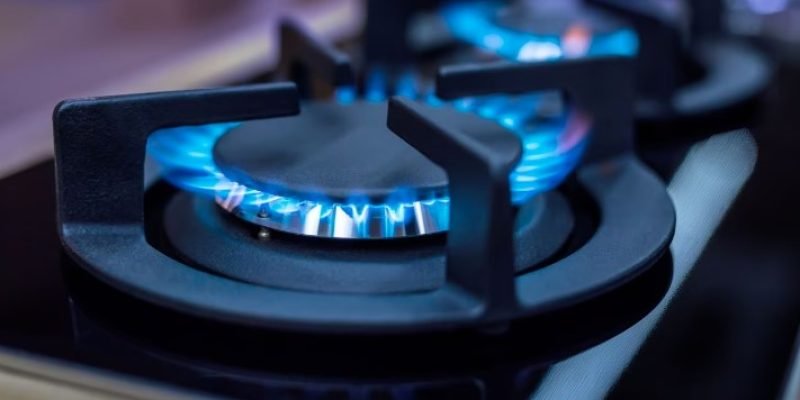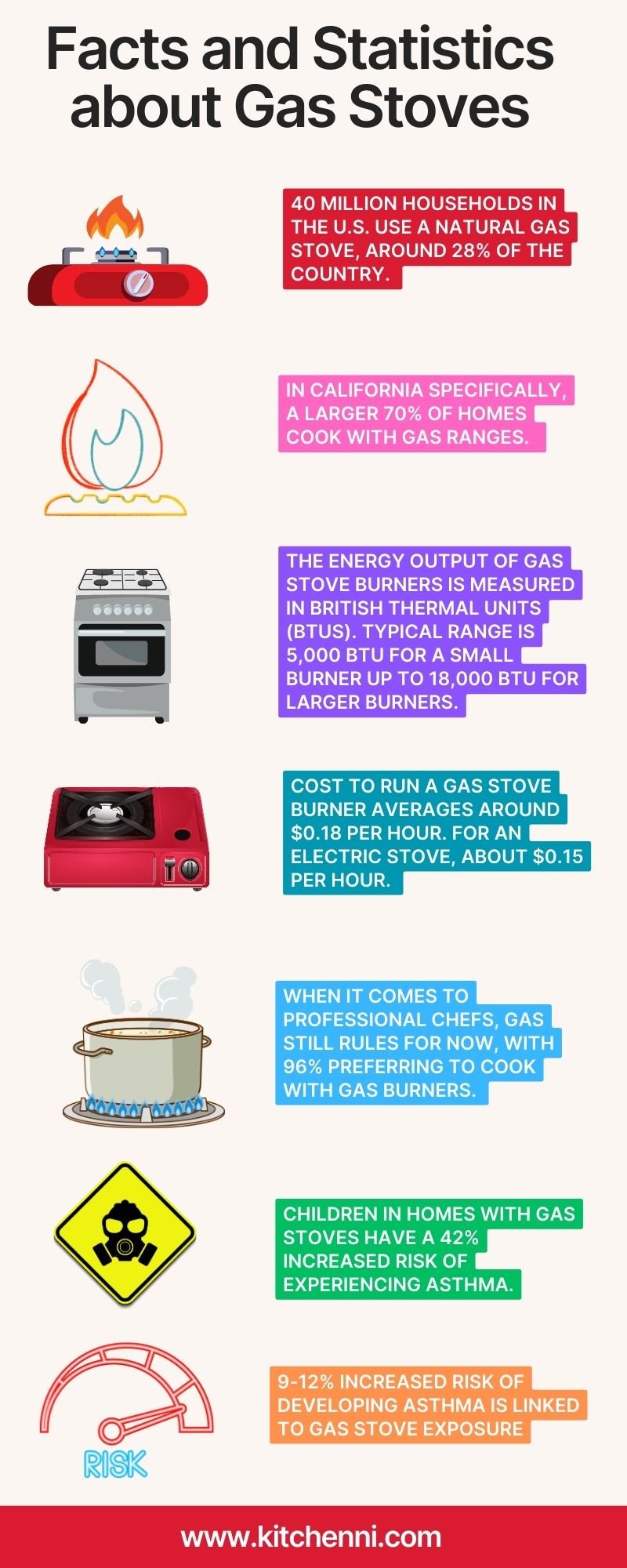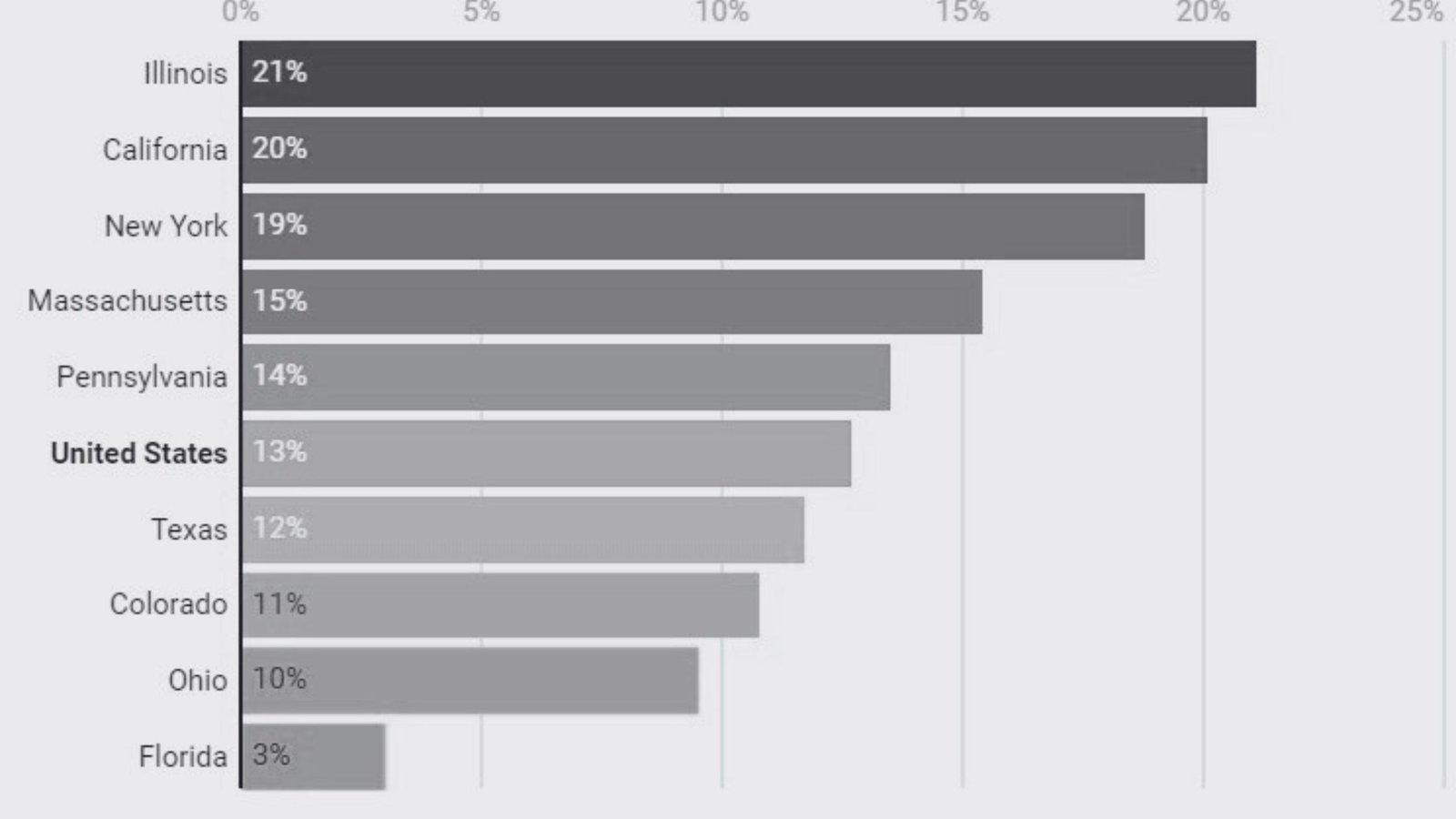Yes. Studies show children raised in homes cooking with gas have a 42% higher risk of experiencing asthma symptoms compared to electric stoves.
If you’re like most homeowners, you probably haven’t given much thought to potential health implications of your gas range. But with over 40% of American households relying on natural gas stoves, recent headlines linking them to increased asthma risks have left many wondering – just how hazardous are these stovetops?
Let’s clear the air on gas stove health concerns
Does Gas Stove Cause Asthma? How?
Strong evidence now confirms a link between gas stove exposure during early childhood and increased asthma rates. The culprits seem to be nitrogen dioxide (NO2) emissions and particulate matter released while burning gas.
While not yet fully proven, the mechanism is that lungs are irritated by NO2 and particles released when gas is burned. This triggers inflammation linked to asthma.
Here’s what the science shows so far:
- Cooking with gas produces NO2 at levels that substantially exceed WHO indoor air standards.
- Children in homes with gas stoves are found to have nearly double the rate of asthma diagnosis.
- More frequent gas stove use heightens asthma risks, especially for infants and young children.
- Higher asthma rates persist even after adjusting for other environmental factors.
Other Health Risks of Gas Stoves
While the link to increased asthma is the most researched currently, scientists are also investigating correlations between gas stove exposure and other health effects:
Increased Risk of Acute Lymphoid Leukemia
Several studies have shown children who were exposed to gas stove fumes at a young age seem to have nearly double the risk of developing acute lymphoid leukemia. More research is still needed in this area.
The findings come from a new study published in Environmental Science & Technology. Researchers conducted simulations to model benzene levels produced when burning butane and methane gases, which are commonly used for residential stoves. They estimated that gas stoves account for nearly half of all benzene exposure from all sources inside homes.
“Benzene forms in flames and other high-temperature environments, such as the flares found in oil fields and refineries. We now know that benzene also forms in the flames of gas stoves in our homes,” said senior study author Rob Jackson, a professor of Earth system science at Stanford University’s Doerr School of Sustainability.
Benzene is a known human carcinogen that can lead to leukemia and other cancers. It is found in cigarette smoke and car exhaust, but now the danger of benzene from gas stoves is becoming apparent. The results suggest gas stove exposure may be a significant health risk inside our homes that has gone under the radar until now.
The common thread seems to be that the nitrogen dioxide and particulate emissions from gas stoves may have system-wide impacts beyond just the localized lung irritation linked to asthma. But more medical research is required to substantiate other possible health consequences.
Increased COPD (chronic obstructive pulmonary disease) risks
For adults, there is some emerging evidence that consistent gas stove use, especially when ventilation is insufficient, may be associated with increased COPD (chronic obstructive pulmonary disease) risks later in life. This requires additional studies for confirmation.
Is a Gas Oven Safer than a Gas Cooktop?
Gas ovens produce fewer concerning emissions than cooktops overall, since the combustion point is more contained and limited in use duration. However, gas ovens are not necessarily “safe” in terms of air quality:
- Be aware that opening an oven door can release concentrated fumes, so avoid leaning over the oven when checking food.
- Ensure the oven itself is properly vented to the exterior when in use to remove emissions from the home.
- Consider options like convection ovens where the fan helps dilute fumes.
- Position wall ovens higher to minimize emissions in the breathing zone as much as possible.
Do Gas Stoves Produce Emissions That Are Bad for the Climate?

Yes, gas stoves contribute meaningfully to greenhouse gas emissions in three ways. Per the EPA, stoves account for over 25% of residential natural gas usage, making their climate impact significant. Transitioning away from gas ranges in favor of electric alternatives may grow in response.
- Carbon Dioxide (CO2) – Directly emitted when natural gas is burned.
- Methane (CH4) – Leaked from pipelines, a potent climate pollutant.
- Black Carbon – Soot particles that also degrade air quality.
If I Already Have a Gas Stove, What Steps Can I Take to Reduce the Risks?
While the best way to eliminate risks would be switching to an electric or induction range, minimizing use and increasing ventilation can reduce potential gas stove impacts.
- Always use the vent hood when cooking and increase ventilation.
- Have gas lines routinely inspected for leaks, which exacerbate issues.
- Consider installing a range hood filter to reduce fumes in the home.
- Use backburners whenever possible to direct fumes away from breathing zones.
- Clean burners regularly to optimize flame efficiency and minimize carbon buildup.
- Ensure adequate make-up air circulation to dilute emissions.
- Supplement with portable air cleaners to reduce exposure.
The Bottom Line
It’s understandable for those with gas stoves to feel concerned given the emerging data around risks. But with thoughtful precautions, you can continue cooking safely while researchers work to further understand impacts. As we await clarity, being informed on the issue and taking reasonable mitigating steps can allow peace of mind. Now back to cooking up deliciousness!
Common Questions
Do gas stoves emit carbon monoxide?
Not when operating normally with adequate ventilation. But improper combustion can generate dangerous CO requiring alarms. Annual inspections ensure safety.
How often should I use my kitchen vent hood?
Aim to turn on vent hood every time you cook on gas burners. Upgrade to ducted range hood vented outside if relying on recirculating over-range microwave style.
Should I keep windows open when using my gas stove?
Yes, having a window open even just a few inches while cooking with gas burners helps increase fresh air flow to dilute any potential fumes.
Does commercial cooking have the same risks?
Commercial kitchens likely pose even higher risks due to more frequent, prolonged gas stove usage. Implement proper ventilation to protect staff.


